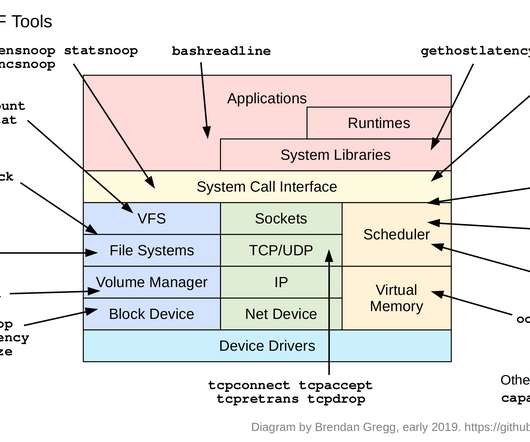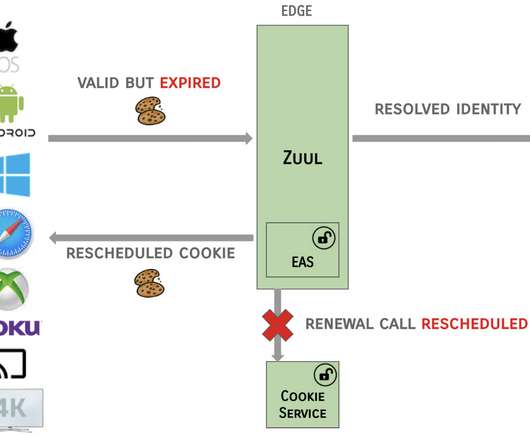KeyCDN Launches POP in Helsinki
KeyCDN
OCTOBER 24, 2018
Today we’re excited to announce that we’ve launched yet another POP location to help further supercharge our network’s content delivery speeds. Although both countries are relatively close to one another, they are separated by a distance of approximately 500km, which adds up in terms of latency. penetration rate.


















Let's personalize your content